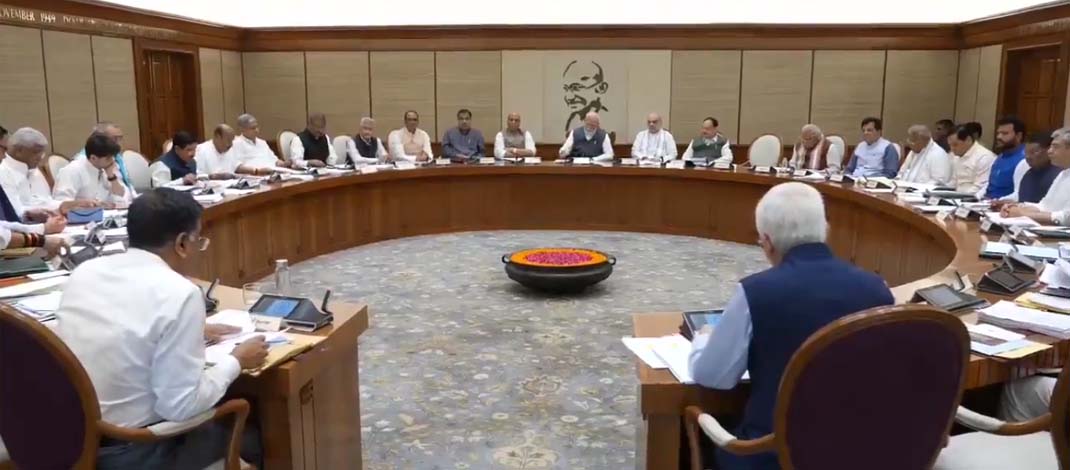- Courses
- GS Full Course 1 Year
- GS Full Course 2 Year
- GS Full Course 3 Year
- GS Full Course Till Selection
- Online Program
- GS Recorded Course
- NCERT (Recorded 500+ Hours)
- Polity Recorded Course
- Geography Recorded Course
- Economy Recorded Course
- AMAC Recorded Course
- Modern India, Post Independence & World History
- Environment Recoded Course
- Governance Recoded Course
- Science & Tech. Recoded Course
- International Relations and Internal Security Recorded Course
- Disaster Management Module Course
- Ethics Recoded Course
- Essay Recoded Course
- Current Affairs Recoded Course
- CSAT
- 5 LAYERED ARJUNA Mentorship
- Public Administration Optional
- ABOUT US
- OUR TOPPERS
- TEST SERIES
- FREE STUDY MATERIAL
- VIDEOS
- CONTACT US
Regional Rural Banks (RRBs)
Regional Rural Banks (RRBs)
27-03-2025

- Regional Rural Banks (RRBs) achieved a milestone by recording a profit of ₹7,571 crore in the financial year 2023-24.
- Additionally, key financial indicators such as Capital to Risk-weighted Assets Ratio (CRAR), deposits, Non-Performing Assets (NPAs), and Credit-Deposit (CD) Ratio showed steady improvement, reflecting the growing financial stability of RRBs.
Understanding Regional Rural Banks (RRBs)
Genesis and Formation
- RRBs were established in 1975 under the provisions of the Regional Rural Banks Act, 1976, with the objective of providing banking services to rural and underdeveloped areas.
- These banks were created to bridge the gap between cooperative banks and commercial banks in rural credit supply.
Ownership Structure
RRBs follow a tripartite ownership model, where the shareholding pattern is as follows:
- Government of India (GoI): 50%
- Sponsor Bank: 35%
- Concerned State Government: 15%
This ownership model ensures financial backing and operational stability, while also enabling rural credit expansion.
Regulatory Framework
- RRBs operate under the Reserve Bank of India (RBI), which regulates their financial and operational policies.
- The National Bank for Agriculture and Rural Development (NABARD) plays a crucial role in supervising and monitoring their activities, ensuring they align with rural development objectives.
Core Objectives
RRBs are primarily focused on fostering economic development in rural areas by financing the following sectors:
- Agriculture – Providing loans for farming activities, irrigation, and agro-based industries.
- Trade and Commerce – Extending credit to small traders, rural artisans, and self-employed individuals.
- Industry – Supporting rural industries, including small-scale manufacturing and handicrafts.
- Other Productive Activities – Offering financial assistance for activities that promote employment generation and rural entrepreneurship.
Priority Sector Lending (PSL) Norms
- In 2016, the priority sector lending (PSL) target for RRBs was revised to 75% of their total advances.
The sub-targets within this PSL mandate are set by RBI to ensure a significant portion of credit flows to sectors such as agriculture, micro-enterprises, and weaker sections of society.
|
Also Read |
|
UPSC Foundation Course |
|
| UPSC Monthly Magazine | CSAT Foundation Course |



